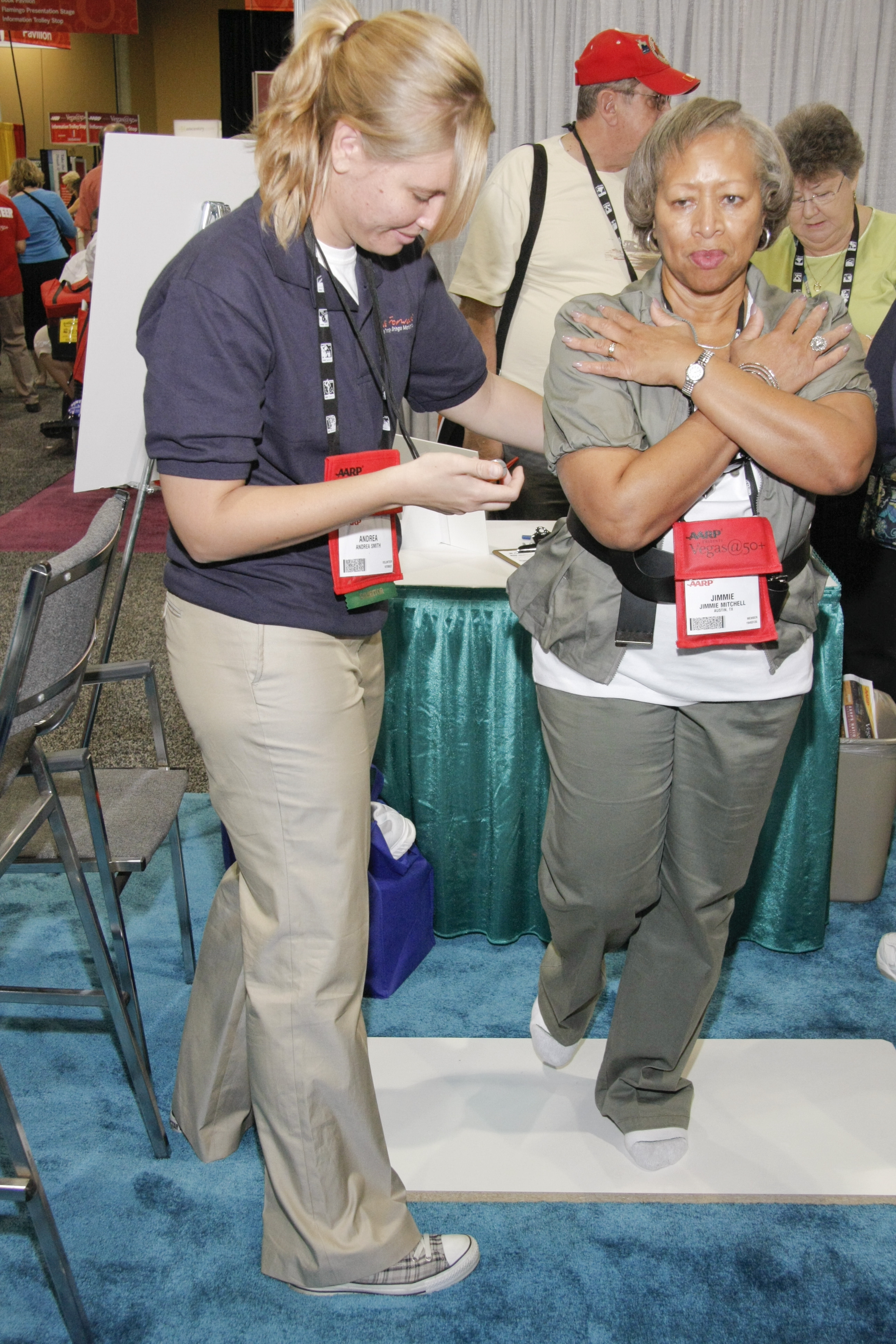By APTA
With the recent activities of the American Public Health Association’s “Safety is No Accident: Live Injury-free” campaign during the week of April 4-10, we would like to continue to raise awareness about falls prevention. Falls are a major health concern among older adults. More than one-third of older adults fall each year, and fall rates increase with advancing age.1 Falls are the leading cause of injury deaths, the most common cause of non-fatal injuries, and the most common reason for hospital admission due to trauma in older adults.2 Every hour, there is one death and 183 emergency department visits for falls-related injuries among older adults and more than 95% of hip fractures are caused by falls.3
These facts are a scary reality; however, we know the most common risk factors4 of falling. They include the following:
- Conditions associated with aging
- Muscle weakness
- Difficulty with balance or walking
- Vision problems
- Pre-existing medical conditions that limit mobility, such as Parkinson’s disease, stroke or diabetes
- Conditions that cause confusion
- Being on more than four medications at the same time
- Use of assistive walking device
- Environmental hazards (e.g. throw rugs or pets)
- Difficulty completing daily living activities
- Low blood pressure
- Fear of falling
- History of fears
We also know that maintaining physical activity is critical in helping to prevent falls and can have a significant impact on many of the risk factors listed above. Performing physical activities of any fitness level – including programs, Tai Chi, aerobics and yoga – can help improve balance, strength and flexibility, and get patients moving again. In fact, effective interventions to prevent falls in community-dwelling older adults included exercise-based interventions provided in the home or group setting.5 Exercise interventions that appear to have the greatest impact are balance activities performed in standing (limit upper-extremity support), and exercise programs that are progressed based on the individual person. General exercise programs on the other hand, which do not focus specifically on balance and strength, are not as effective as individually tailored exercise.6 Finally, there has been strong evidence that supports a multifactorial approach to preventing falls with programs that include not just exercise but also appropriate screening, gait training and environmental assessments.7
According to the American Geriatrics Society’s (AGS) Clinical Practice Guidelines, all should be screened for risk of falling. The AGS recommends a brief screening tool that includes three questions:
1) Have you ever fallen in the past year?

2) Has the patient had an acute fall?
3) Does the patient have difficulty with walking or balance?
If inviduals aged 65 years and older state that they have experienced two or more falls or has sustained an injury from a fall, they are considered to be at risk for falling. Likewise, if the person has difficulty with balance or walking, they may be at higher risk.
All professionals working with older adults should be aware of the risk for falls and the factors associated with a higher risk. With greater vigilance, we can prevent the injuries related to falls in older adults, as well as the related loss of function and participation in daily activities.
Are you screening older adults for falls? What community fall prevention programs are available for older adults in your community?
You can find more consumer resources about risk factors, testing balance, and where to find a physical therapist by visiting Move Forward.